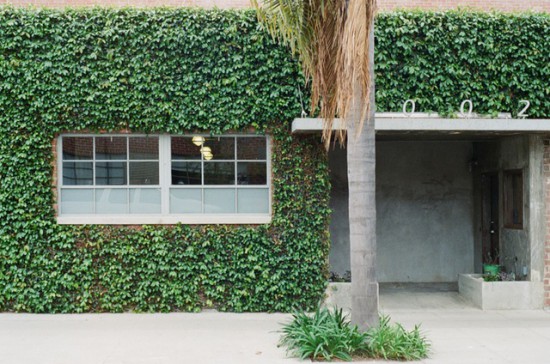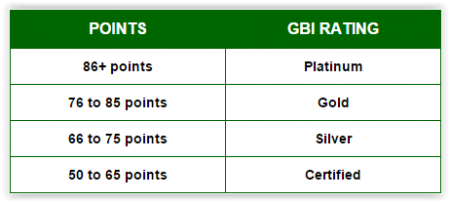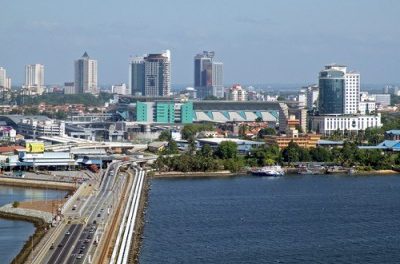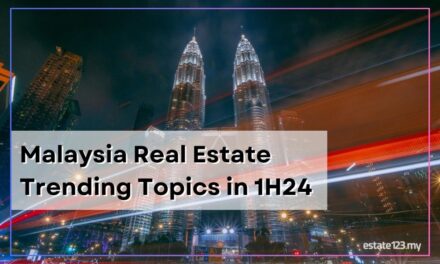During the CPD Program for Realtors session last month at Hangout123, we had the opportunity to learn more about the Malaysian Green Building Index (GBI) and the future of green technology in Malaysia from two industry experts. Here’s a short breakdown of what you need to know about GBI, and will hopefully offer a glimpse of why it is such an important aspect in the future of property development.
A Brief History
The Green Building Index (GBI) of Malaysia was developed in 2009 by Pertubuhan Akitek Malaysia (PAM) and the Association of Consulting Engineers Malaysia (ACEM) to lead the Malaysian property industry towards becoming more environment-friendly. Its purpose is to promote sustainability in the built environment and raise awareness among those in the development, construction, and design industry, as well as the general public about environmental issues and the importance of green technology in buildings.
Green Building Standards
There are many different green building rating systems around the world. Some of the more well-known ones include Energy Star, LEED (US), Green Globes (Canada), Beam (Hong Kong), BREEAM (UK, EU), CASBEE (Japan), Green Mark (Singapore), Green Star (South Africa).
Why isn’t there a standardised or international rating system for green buildings? Well, this is due to the fact that every country is unique, and thus requires its own set of tools to measure and suit the country’s needs. Factors to take into consideration will include geographical landscape, energy usage, culture, climate, transportation, resources and many others. For example, even though Malaysia and Singapore are very much similar in terms of climate and culture, there are still major differences in infrastructure, transportation, resources and land that require a special set of tools and ratings for each.
Did you know that Malaysia’s Green Building Index (GBI) is one of the world’s top 3 green certifications of choice? The other two are the United States’ LEED and Singapore’s Green Mark.
Why Green?
Because it’s good for your eyes!
Jokes aside, it is because green buildings focus on increasing the efficiency of resource use – energy, water, and materials – while reducing building impact on human health and the environment. They are designed to save energy and resources, recycle materials and minimise the emission of toxic substances, in addition to harmonising with local climates, traditions, culture, and surrounding environment. It should be noted that green buildings aid in maintaining the capacity of the ecosystem at local and global levels, while making efficient use of resources, have significant operational savings and increases workplace productivity. Most importantly (for now), building green sends the right message about a company or organisation – that it is well run, responsible, and committed to the future.
Classification
Not all green buildings are constructed equal. Buildings are rated by the GBI based on a point system, with the amount of points determining the building’s GBI rating. There are currently four green classifications that can be obtained, with the most basic (and easily obtained) being ‘GBI Certified’ and the most prestigious – and difficult to obtain – Platinum rating.
The 6 Key Criteria
Green buildings in Malaysia are given points based on GBI’s 6 key criteria, which will result in their final rating for certification:
- Energy Efficiency (EE)
Improve energy consumption by optimising building orientation, minimizing solar heat gain through the building envelope, harvesting natural lighting, adopting the best practices in building services including use of renewable energy, and ensuring proper testing, commissioning and regular maintenance. - Indoor Environment Quality (EQ)
Achieve good quality performance in indoor air quality, acoustics, visual and thermal comfort. These will involve the use of low volatile organic compound materials, application of quality air filtration, proper control of air temperature, movement and humidity. - Sustainable Site Planning & Management (SM)
Selecting appropriate sites with planned access to public transportation, community services, open spaces and landscaping. Avoiding and conserving environmentally sensitive areas through the redevelopment of existing sites and brownfields. Implementing proper construction management, storm water management and reducing the strain on existing infrastructure capacity. - Materials & Resources (MR)
Promote the use of environment-friendly materials sourced from sustainable sources and recycling. Implement proper construction waste management with storage, collection and re-use of recyclables and construction formwork and waste. - Water Efficiency (WE)
Rainwater harvesting, water recycling and water-saving fittings. - Innovation (IN)
Innovative design and initiatives that meet the objectives of the GBI.
Validity
The GBI rating awarded to a building is only valid for 3 years, after which the building will have to be re-assessed in order to renew their certification. This is to ensure that GBI-certified buildings are well-maintained and sustained – a very important aspect when it when it comes to green technology.
The Malaysian Energy Commission’s ‘Diamond Building’
One example of a Platinum-rated green building is the headquarters of the Energy Commission (Suruhanjaya Tenaga) in Putrajaya, also known as the ‘Diamond Building‘ because of its unique shape. The passive-design, energy-efficient structure is designed to use mostly natural light and to consume about one-third the amount of energy of a conventional building of its size. It is topped with photovoltaic (PV) solar panels, which generate about 10% of the building’s energy. Rainwater harvesting systems save about 70% – 80% of water usage. It was completed in 2009, and has earned a Platinum rating from Malaysia’s Green Building Index (GBI) as well as Singapore’s Green Mark program. The building was awarded the top award of most energy-efficient building at the Asean Energy Awards (AEA) 2012.
Source
Green Building Index website (link)
Inhabitat.com (link)
Uni10 Energy (link)







